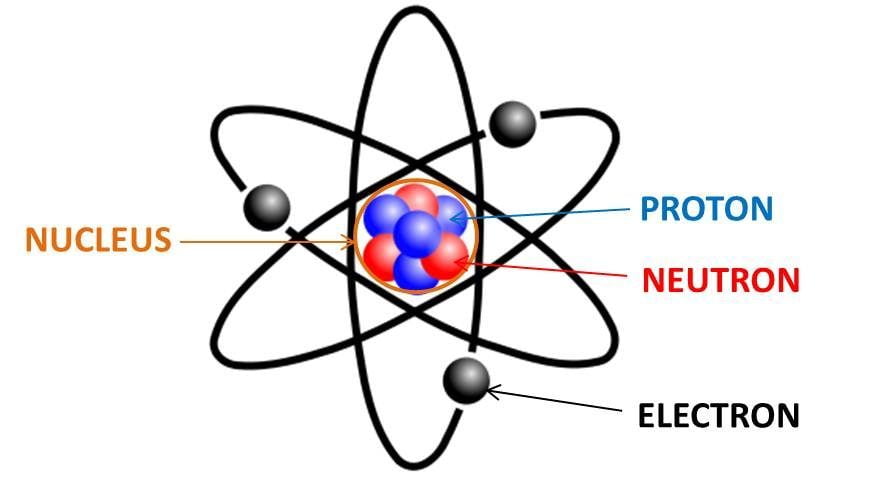Quantum Mechanics, also called quantum theory or wave mechanics, is a branch of physics that studies how very small particles—like electrons and photons—behave and interact with energy.
Developed in the early 20th century, this theory has become one of the most powerful tools for understanding the universe. In this article, we’ll look at how quantum mechanics explains atoms and why it has completely changed science.
What is Quantum Mechanics?
Quantum mechanics studies the world at the subatomic level. Unlike classical physics, which assumes particles have fixed paths and exact positions, quantum mechanics shows that particles can exist in multiple states at once.
Instead of certainty, quantum mechanics deals in probabilities—meaning we can predict where a particle is likely to be, but never with complete precision.
How Quantum Mechanics Describes Atoms
Atoms are explained using wave functions—mathematical tools that describe the chances of finding an electron in a certain location.
From wave functions, scientists can calculate:
-
The energy levels inside an atom.
-
The probability of electrons being in specific orbitals.
-
The likelihood of electrons jumping between energy levels.
The Schrödinger Equation
The Schrödinger equation is a core part of quantum mechanics. It describes how an electron’s wave function changes over time.
It treats electrons like waves, and the atom’s energy levels are determined by the standing waves formed. This equation allows scientists to predict an atom’s energy structure with great accuracy.
The Heisenberg Uncertainty Principle
One of the most famous ideas in quantum theory is the Heisenberg uncertainty principle. It says we can never know both the exact position and speed of a particle at the same time.
For atoms, this means electrons cannot be pictured as tiny planets orbiting the nucleus. Instead, they exist as cloud-like regions where they are most likely to be found.
Quantum Mechanics and Atomic Structure
Before quantum theory, scientists believed electrons circled the nucleus in fixed orbits. Quantum mechanics replaced this model with the quantum mechanical model of the atom, where electrons are seen as probability clouds.
This new model, built on the Schrödinger equation and the uncertainty principle, is now the foundation of modern atomic physics.
The Hydrogen Atom: A Success Story
Hydrogen, the simplest atom with one proton and one electron, is the perfect example of quantum mechanics at work.
The quantum model describes its electron as a wave function. This model correctly predicts hydrogen’s energy levels, which match experimental results from spectroscopy.
This success is one of the strongest proofs that quantum mechanics works.
Why Quantum Mechanics Matters
Quantum mechanics has completely changed how we understand the atomic and subatomic world. It explains:
-
Why are atoms stable?
-
How electrons behave.
-
How energy is absorbed and released.
It remains a vital area of research today, with discoveries shaping everything from electronics to quantum computers.
Conclusion
Quantum mechanics is more than just theory—it’s a revolution. By explaining the structure and behavior of atoms, it has reshaped modern science and technology.
As research continues, quantum mechanics will only deepen our knowledge of the universe and unlock new possibilities for the future.


